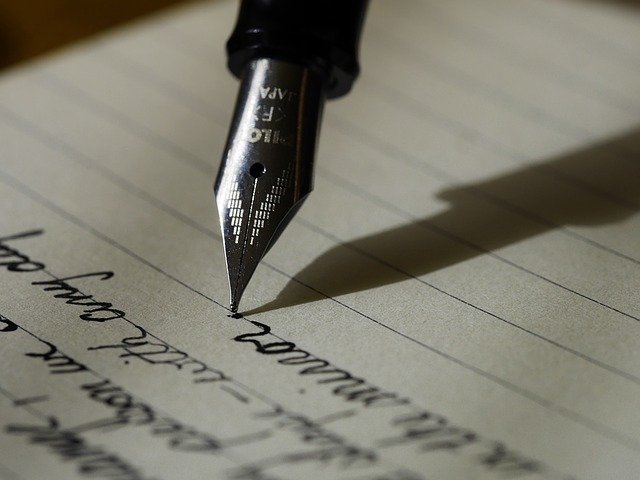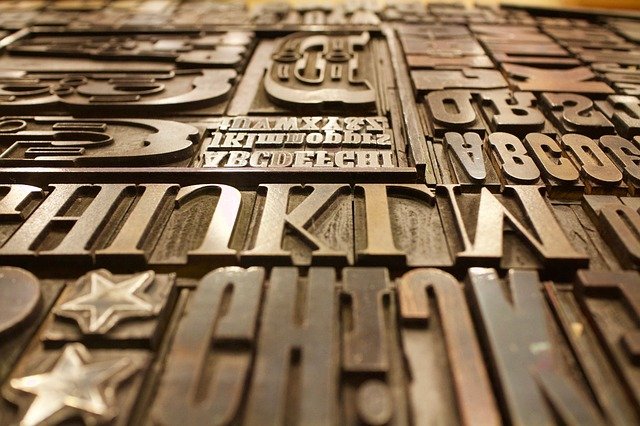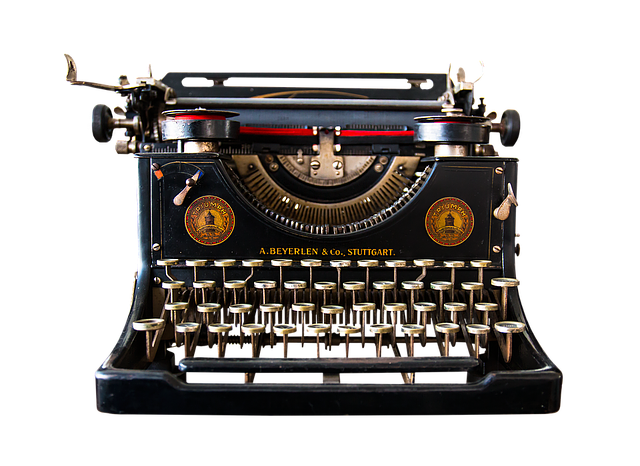Even in today's technology-dependent world, writers, artists, and creatives of all kinds can appreciate calligraphy. It stems from the Greek words for beauty (kallos) and writing (graphos). Calligraphy is a way to write that allows the writer to focus on the beauty emerging on their paper as they print their words. The writer can let their mind wander much further than possible with technology. Putting ink on paper as both an art form and form of communication has developed throughout the years, and not only are there many books printed in calligraphy, many artefacts and modern decor are embellished with this type of art.
Calligraphy's History
Calligraphy is an art and writing style that has been around for over 3,000 years and originated in East Asia. It is an honoured art in Asia, and the way calligraphers draw the characters on special paper allows for a wide range of emotions and feelings to be on display, way beyond simply what is printed. The type of calligraphy the author uses can depend widely on their purpose. Ordinary correspondence, poetry, and royal letters all use a different kind of script and are often written on a specific type of paper. Calligraphy is written and read from right to left and does not have capital or lowercase symbols. However, each character's shape on the paper does indicate its position within the thought. As an ancient art form, calligraphy has had its ups and downs in popularity over the years. After a preference for other art forms, calligraphy became popularised once again in the late 19th and early 20th centuries.
Get Started Learning Calligraphy
For English students wanting to learn calligraphy, the first lessons are typically in how to print Sans Serif, Celtic, Gothic, and Italic fonts. By understanding these fonts, a student of calligraphy can use ink to turn an ordinary paper into a work of art. There are excellent resources on the internet where anyone interested can learn how to put pen to paper and end up with a print that is pure art. Learners can enrol in college and online courses, but there are many free resources out there and readily available as well. For audio-visual learners, one can watch a step-by-step video before they attempt to use a pen and paper, and for more hands-on learners, some courses will allow you to practise right along with them. There are video courses, printable PDF courses, and online free courses as well.
Glossary of Terms
There are different, identifiable types of print within the art of calligraphy. The seal script is long and angular and used primarily for seals. The clerical script is squat and wide. Cursive script expresses different emotions and energies and may be hard to read for those not overly familiar with Chinese calligraphy. The brush strokes are quick and linked together as the brush doesn't often leave the paper in the running script. Standard script is the most recognisable and is widely used. These are all focused more on traditional calligraphy stemming from Asia. In modern calligraphy for English speakers and writers, these terms do not as closely apply, although there are multiple ways to write modern calligraphy.
Calligraphy for Kids
Having kids learn calligraphy at a young age helps them across many developmental milestones and widens their worldview along the way. By using any kind of ink and paper, children can learn to print in a wide variety of styles. This helps them develop their fine motor skills, and they can learn about the history of this style of print along the way. There are many videos available for free that will teach children to print in calligraphy. There are videos that teach all ages and ability levels to allow all learners to witness their own paper morph into works of art.
-
Cartoon Calligraphy (video)


